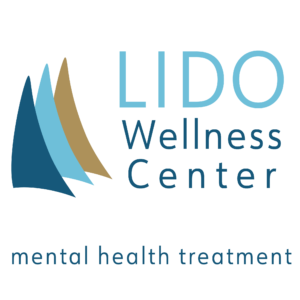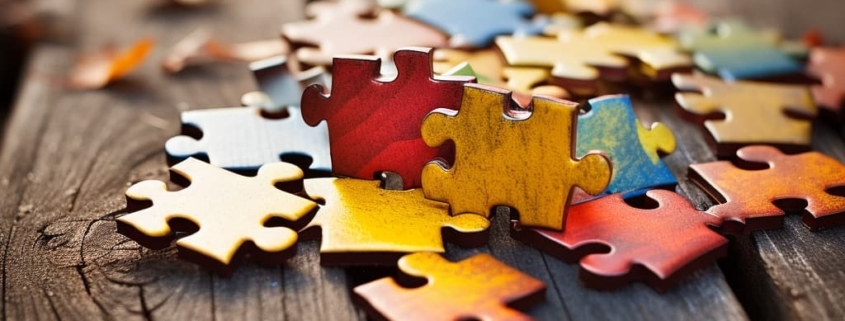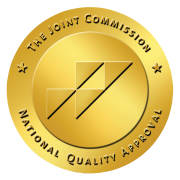Spotting and Treating Reactive Attachment Disorder
One of the beauties of childhood is the new creation. The blossoming personhood that grows from every new experience, joy and sorrow alike. Reactive Attachment Disorder is a haunting testament to the profound impact early relationships have on a child’s emotional and psychological development.
But before diving deep into this topic, let’s first understand what RAD is and what it isn’t.
What Is Reactive Attachment Disorder?
Reactive Attachment Disorder occurs in children who have not formed a healthy emotional attachment to their primary caregivers during their early years. It could be a result of neglect, abuse, or frequent changes in caregivers. Whatever the reason the bonds are not created between the child and their parents (or caregivers).
RAD does not occur intentionally on the child’s part. It’s not like the child is intentionally getting revenge or feeling like they are wronged, its more about understanding that when a child’s basic needs for comfort, affection, and nurturing aren’t met, they learn to protect themselves by distancing from others.
But what does this really look like in the real world? It’s not the emotional tantrums we all sometimes feel like throwing. It’s more complex than that.
Spotting Reactive Attachment Disorder
It’s easy to label a child as “difficult” or “misbehaving” when they show signs of RAD, but beneath that exterior is a cry for connection. Some common signs to look for include:
- Avoiding comfort: A child with RAD might recoil from touch or resist being comforted, especially during distress.
- Failure to smile: They might not show genuine joy or happiness, even when it’s expected.
- Not engaging in social play: While other children might enjoy playing with their peers, a child with RAD might prefer to be alone.
- Being watchful: They seem to be always on guard, as if expecting something bad to happen.
Interesting statistics that throw light on this issue include:
- An estimated 1-10% of children in the foster care system in the US have been diagnosed with RAD.
- Studies suggest that children with RAD have higher rates of co-occurring mental health disorders, such as depression and anxiety.
- Early interventions and treatments can make a significant difference in the outcome for children with RAD.
What Happens When a Child With RAD Grows Up?
Though RAD is not typically diagnosed in adults, many of the maladaptive behaviors and feelings can persist and present as other types of relational or personality disorders. Here’s how some of the unresolved symptoms of RAD may appear in adults:
- Difficulty with Emotional Connections: Adults who experienced RAD as children might have difficulty forming close, personal relationships. They might either avoid closeness or become overly dependent on a relationship, fearing abandonment.
- Mistrust and Suspicion: A fundamental lack of trust in others can continue into adulthood. They might be continually suspicious of others’ intentions, making it hard for them to form stable relationships.
- Impulse Control Issues: Some adults may engage in impulsive behaviors, which might include sudden decisions without thinking of consequences or understanding why they did something.
- Issues with Intimacy: They might struggle with intimacy, both emotionally and physically, often stemming from a deep-seated fear of rejection or abandonment.
- Anger and Control Issues: Unresolved feelings from childhood can manifest as anger and aggression or a need to control situations and people around them.
- Chronic Feelings of Emptiness or Sadness: A pervasive feeling of being “empty” or “lost” can be common, with bouts of sadness that might be difficult to explain or understand.
- Difficulty Showing Authenticity: They might wear a “mask” in various social situations, making it hard for them and others to understand their true self. This can be a defense mechanism from their childhood when they might have felt the need to adapt rapidly to different caregivers or environments.
- Avoidance of Social Situations: Social interactions can be overwhelming, leading them to prefer isolation or limited interaction.
- Challenges with Parenting: When becoming parents themselves, they might struggle with how to form attachments and bonds with their children, repeating cycles unless intervention and support are sought.
- Co-occurring Mental Health Disorders: Adults who had RAD as children may also be more susceptible to conditions like depression, anxiety disorders, or personality disorders.
Treating Reactive Attachment Disorder
Knowing the signs is only half the battle. The journey of healing is a long, winding road but with the right steps, a child (or adult) can be guided back to the realm of connection and love.
Here’s what that path might look like:
- Therapy: This is the cornerstone of treating RAD. A child therapist specializing in attachment disorders can help the child learn to form healthy relationships. Family therapy might also be recommended to address relational dynamics.
- Parenting strategies: Parents or caregivers can be educated on techniques to foster a sense of safety and security in the child.
- Consistency in care: Children with RAD need stability. Regular routines, consistent caregivers, and predictable environments can be immensely beneficial.
For an adult that suffered with a reactive attachment disorder:
Intensive Outpatient Programs (IOP) offer a structured therapeutic environment that can be particularly advantageous for adults who once had Reactive Attachment Disorder (RAD) in their childhood. These programs provide the rigor of regular and intensive therapy sessions without necessitating the 24-hour care found in inpatient services.
An integral component of IOPs is group therapy, which becomes a conducive space for individuals with RAD to hone their social skills, draw from shared experiences, and practice forming attachments under safe conditions. Alongside this, individual therapy sessions in IOPs delve into personal histories, traumas, and behavioral patterns, helping to unearth and address the lingering impacts of RAD.
The sense of community fostered in an IOP is invaluable. Connecting with peers facing similar challenges offers not just understanding but also the solidarity of shared experience, making the journey toward healing less solitary.
In the beautiful, messy journey of life, Reactive Attachment Disorder is a testament to the raw human need for connection. It’s a reminder of how vital those early relationships are and the ripples they send through a lifetime. At Lido Wellness Center Reactive Attachment Disorder doesn’t have to be a life sentence. There is still potential for profound growth, understanding, and deep, lasting connections.
If you need help understanding RAD and its effects, don’t navigate this journey alone. Lido Wellness Center in Newport Beach is here to support and guide you every step of the way. Call us today at 949-541-8466.




